Why does Iran need to relocate its capital?
Iranian President Masoud Pezeshkian recently discussed plans to move Iran’s capital to the southern part of the country, closer to the Persian Gulf. He explained that this shift is essential because the current situation hinders the country’s further development. In this report from a Kazinform News Agency correspondent, we will explore the reasoning behind this decision and evaluate how practical it is.
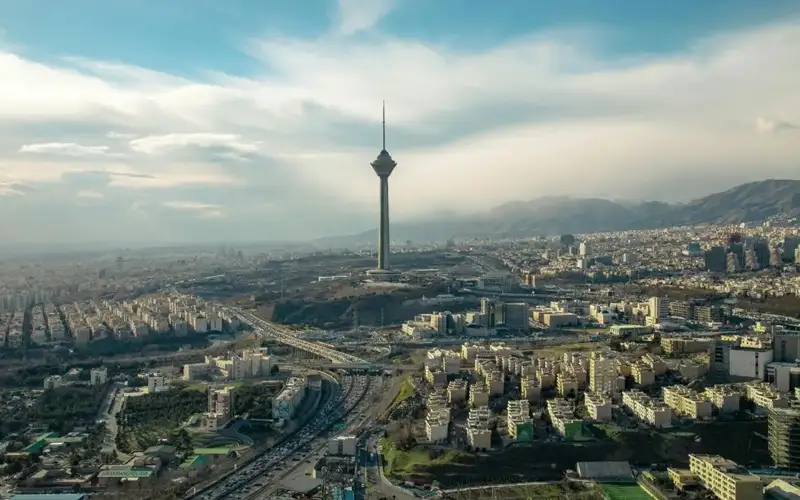
Tehran has been the capital of Iran since 1786. The city is located in the north of the country, about a hundred kilometers from the Caspian Sea, and is considered the center of the province (ostan) of the same name. Tehran is the administrative, economic, and cultural center of the country, as well as a major industrial and transportation hub in the region. The city is situated on the slopes of the Alborz Mountains, at an elevation of 1,173 meters above sea level.
The city’s population is 9.4 million people. Including the metropolitan area of Greater Tehran, the total reaches 17 million, making it the largest city in Iran and Western Asia, and the second-largest metropolitan area in the Middle East after Cairo.
Urban challenges
Iranian President Masoud Pezeshkian believes that Tehran faces problems for which the only solution is to relocate the capital.
For many years, Tehran has suffered from water shortages, soil subsidence, and air pollution. There are also other issues, such as waste disposal and landfills located south of the capital.
In September 2018, the Center for Progress and Development of Iran, under the president’s office, published a report warning that Tehran’s population would increase by 20 million people over the next 30 years, making city management nearly impossible.
The Iranian Scientific Association of Urban Economics believes that the city’s population exceeds the infrastructure capacity by more than 70%—meaning that out of the 9 million people living directly in the capital, only 2.7 million can enjoy decent living conditions.
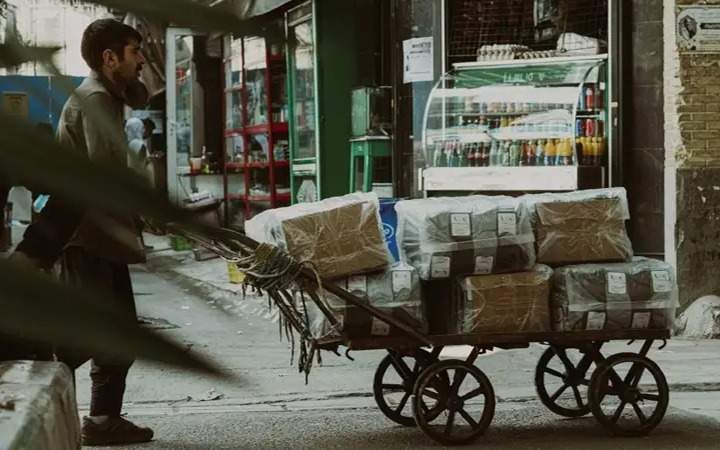
The population of Tehran has tripled in the past 10 years due to an influx of people from the provinces in search of work and a better life. Mehrdad Lakhouti, a member of the Iranian parliamentary environmental committee, has even stated that more than 4,000 people die annually in Tehran from diseases caused by air pollution.
Economic reasons
Pezeshkian stated that developing the country is impossible when logistics and product processing are organized in an illogical manner.
“It is impossible to develop the country while continuing the current trend. If we continue bringing resources from the south and the sea to Tehran, turning them into products, and then sending them back south for export,” Pezeshkian said.
The President of Iran stated that this situation “seriously devalues and reduces our competitiveness, and we have no choice but to move the economic and political center of the country to the south, closer to the sea.”
Politicians also believe that pollution, traffic congestion, and economic centralization are strong reasons for the need for decentralization. Tehran, which is home to 11% of the country’s population, produces 25% of the GDP. This comes at the expense of provincial cities, where unemployment rates are higher than in Tehran.
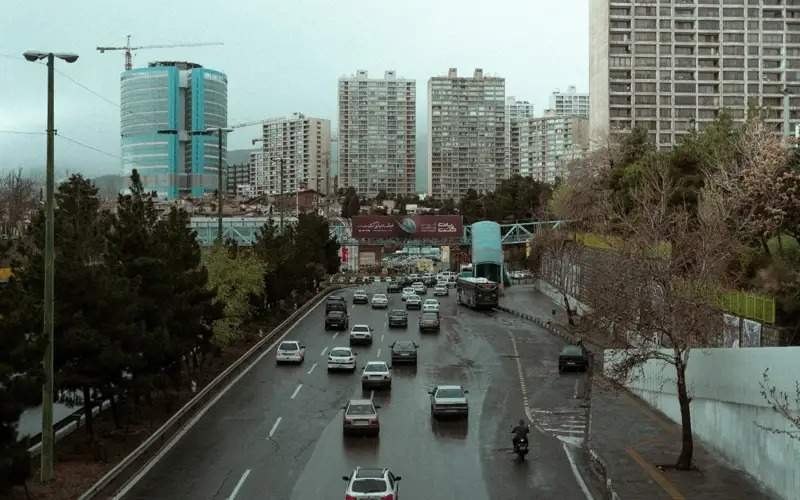
Seismic fault
Tehran last experienced a major earthquake in 1830, but seismologists warn that a significant fault line runs along the base of the Alborz Mountains in the northern part of the capital. Numerous minor tremors shake the city every year.
Seismologists caution that a strong earthquake in Tehran could have catastrophic consequences. They issued warnings even before the 6.8-magnitude earthquake in Bam in December 2003, which claimed the lives of over 30,000 people.
According to estimates, an earthquake of the same magnitude as in Bam could result in more than 700,000 fatalities in Tehran.
How will the relocation happen?
Pezeshkian believes it won’t be feasible to simply tell residents to leave Tehran, and that the government “must first lead by example so that people will follow us.”
It is expected that once a new location for the capital is selected, all government institutions will be relocated there, after which the residents of Tehran will be given the option to move to the new capital.
If a decision is made, a research group will likely be established to explore the feasibility of relocating the capital. The proposal would then need to be passed by parliament and approved by the Guardian Council, the body responsible for ensuring that all parliamentary decisions comply with the Constitution.
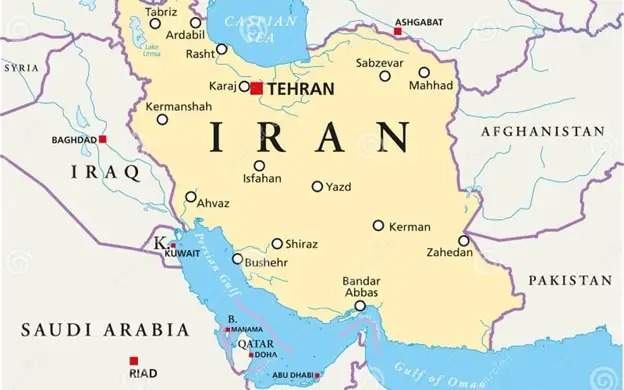
In Iran, it is widely believed that relocating the capital will cost tens of billions of dollars and will be a complex and likely lengthy process. Some estimates put the cost of the project at no less than 300 trillion rials ($10 billion), with implementation taking up to 25 years. This is happening amid declining oil revenues and Western sanctions imposed on Iran due to its nuclear program, which have depleted the national treasury and limited funds for long-term development.
"Where do you want to go?"
The proposal has sparked skepticism among some officials and urban planning experts. Gholamhossein Karbaschi, who served as mayor of Tehran in the 1990s, believes that Tehran cannot be replaced by another capital. “Where do you want to go?” Karbaschi asked rhetorically in an interview with the local newspaper “Asr Iran”. He cited examples of several countries that have relocated their capitals in the past, only to end up with two problematic cities instead of solving the original issues.
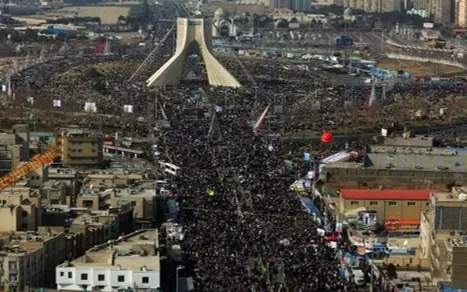
Karbaschi proposed an alternative approach, advocating for administrative federalism and the redistribution of government agencies and institutions across the country.
“If we decide to relocate all 160 organizations and companies, mostly governmental and ministry-related, to key centers in other provinces, we can not only ease the burden on Tehran but also create conditions for development in various regions,” he explained.
Tehran City Council Chairman Mehdi Chamran also participated in the debate. “Various governments have raised this issue, but it has not led to any concrete outcome,” said Chamran. He emphasized the need to distribute the nation’s affairs across all provinces and cities, acknowledging that while Tehran’s problems are significant, issues like water shortages affect other regions as well.
Many experts believe that it would be more prudent to modernize Tehran’s inefficient and aging infrastructure and strengthen buildings against earthquakes, rather than spend resources on relocating the capital.
Previous attempts
Pezeshkian’s proposal is not new. The idea emerged even before the Islamic Revolution of 1979, but gained traction by 1989 due to worsening traffic congestion, overpopulation, chaotic traffic, chronic air pollution, and the risk of earthquakes. In 1991, a plan to relocate the capital, which sits on a major seismic fault, was proposed by Iran’s Supreme National Security Council, “but resistance from certain factions within the establishment halted the plan.”
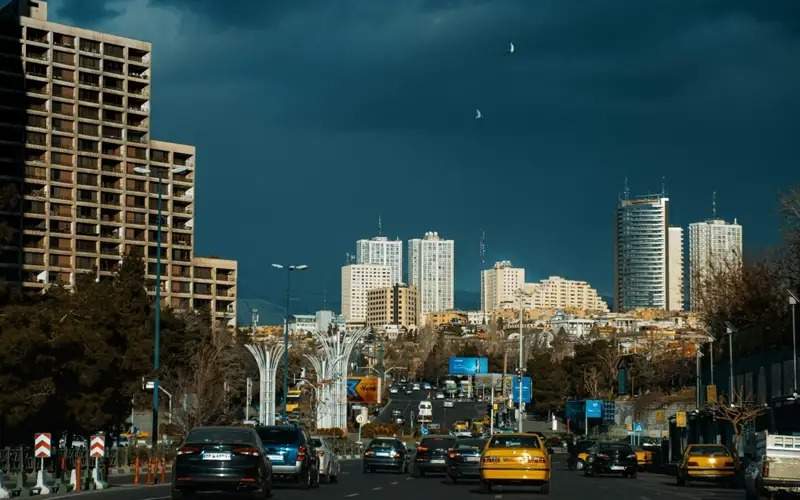
Frequent minor earthquakes have fueled fears of a major catastrophe if an earthquake stronger than 5 on the Richter scale strikes Tehran, which is situated on several seismic fault lines.
Similar proposals were made between 2005 and 2013 during Mahmoud Ahmadinejad’s presidency. In 2013, possibly inspired by the successful relocations of capitals like Istanbul-Ankara and Karachi-Islamabad in neighboring Turkey and Pakistan, 52 Iranian MPs proposed a bill to move the capital. Parliament agreed to form a special 15-member council to explore alternatives to Tehran over two years.
A final decision to relocate the capital was never made. However, a relocation plan developed by this body and later proposed by the Rouhani government was rejected by the Tehran City Council in March 2019. At that time, Council Chairman Mohsen Hashemi-Rafsanjani stated that the government should invest in improving and developing Tehran instead.
Initially, Iranian officials were inspired by the Istanbul-Ankara model, which suggested that a less crowded city like Isfahan could become the capital.
Various cities, including Isfahan, Shiraz, Mashhad, Qom, Shiraz, and Tabriz, have been proposed at different times as alternatives to Tehran, while some Iranian officials have advocated for a purpose-built city.
There were even reports that the Islamic Revolutionary Guard Corps (IRGC) supported relocating the capital due to security concerns and fears of protests in a city of over 12 million people.
It remains unclear whether Pezeshkian’s call for relocation will gain support or if alternative solutions to Tehran’s problems will be considered. The debate, ongoing for several decades, highlights the difficulty of making such a decision.
